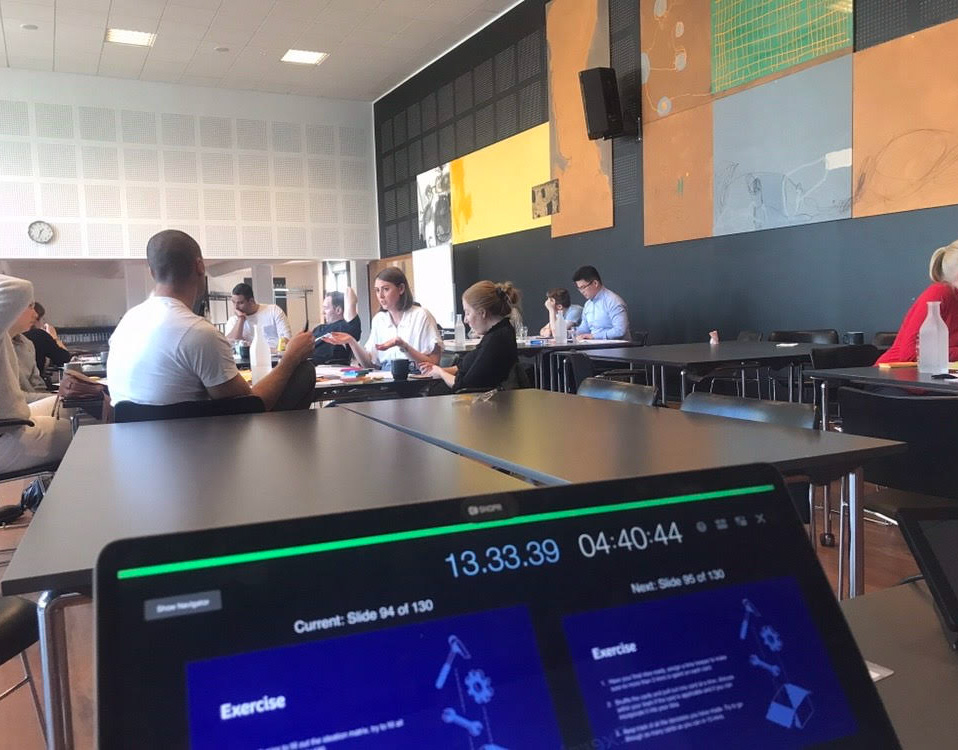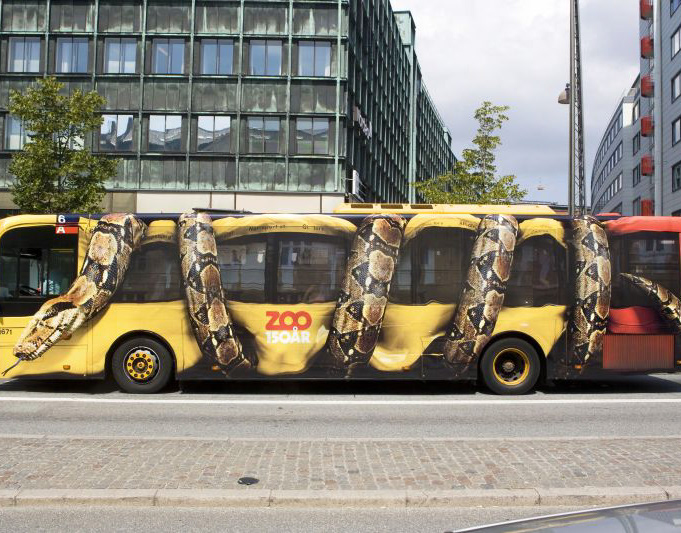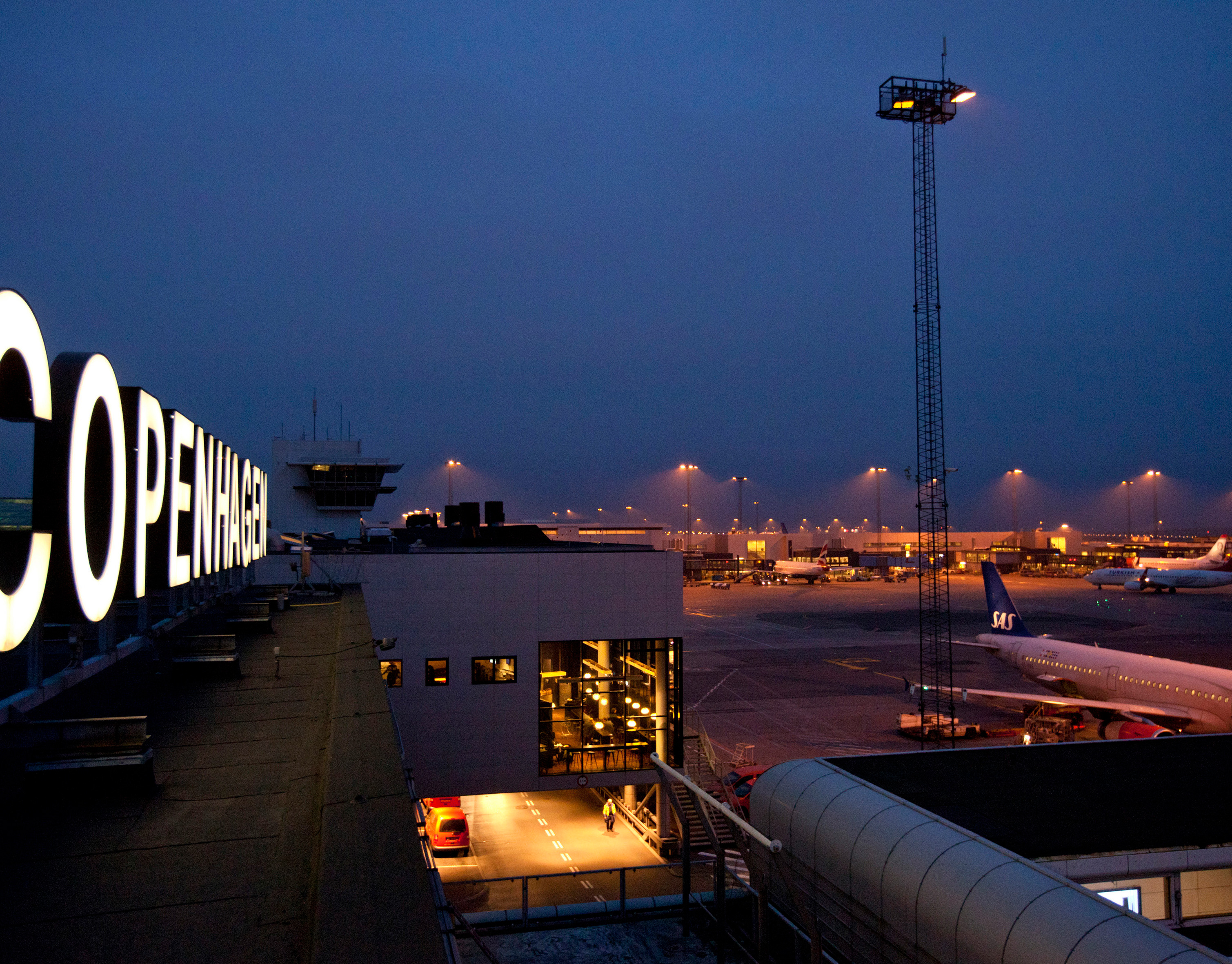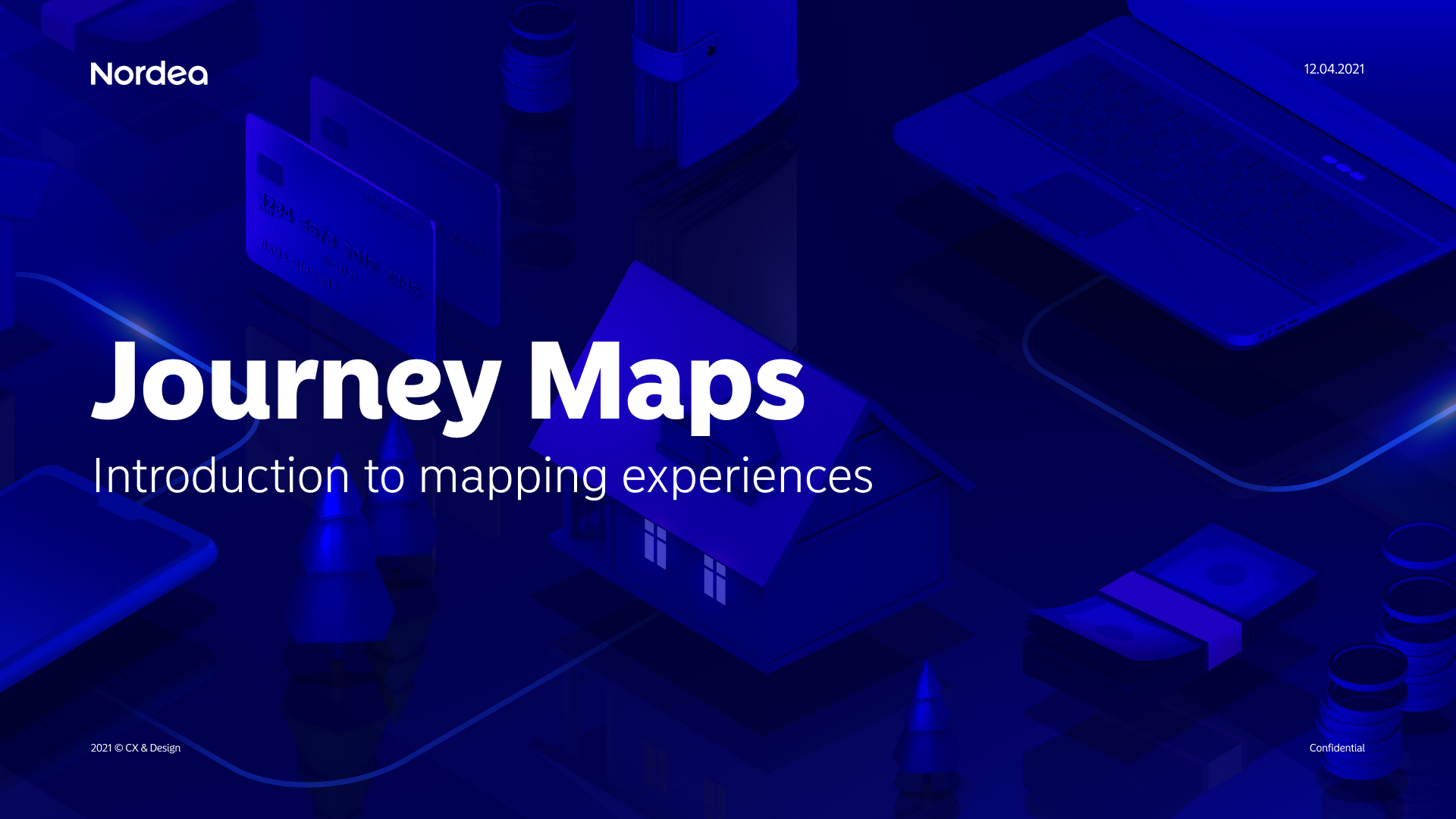
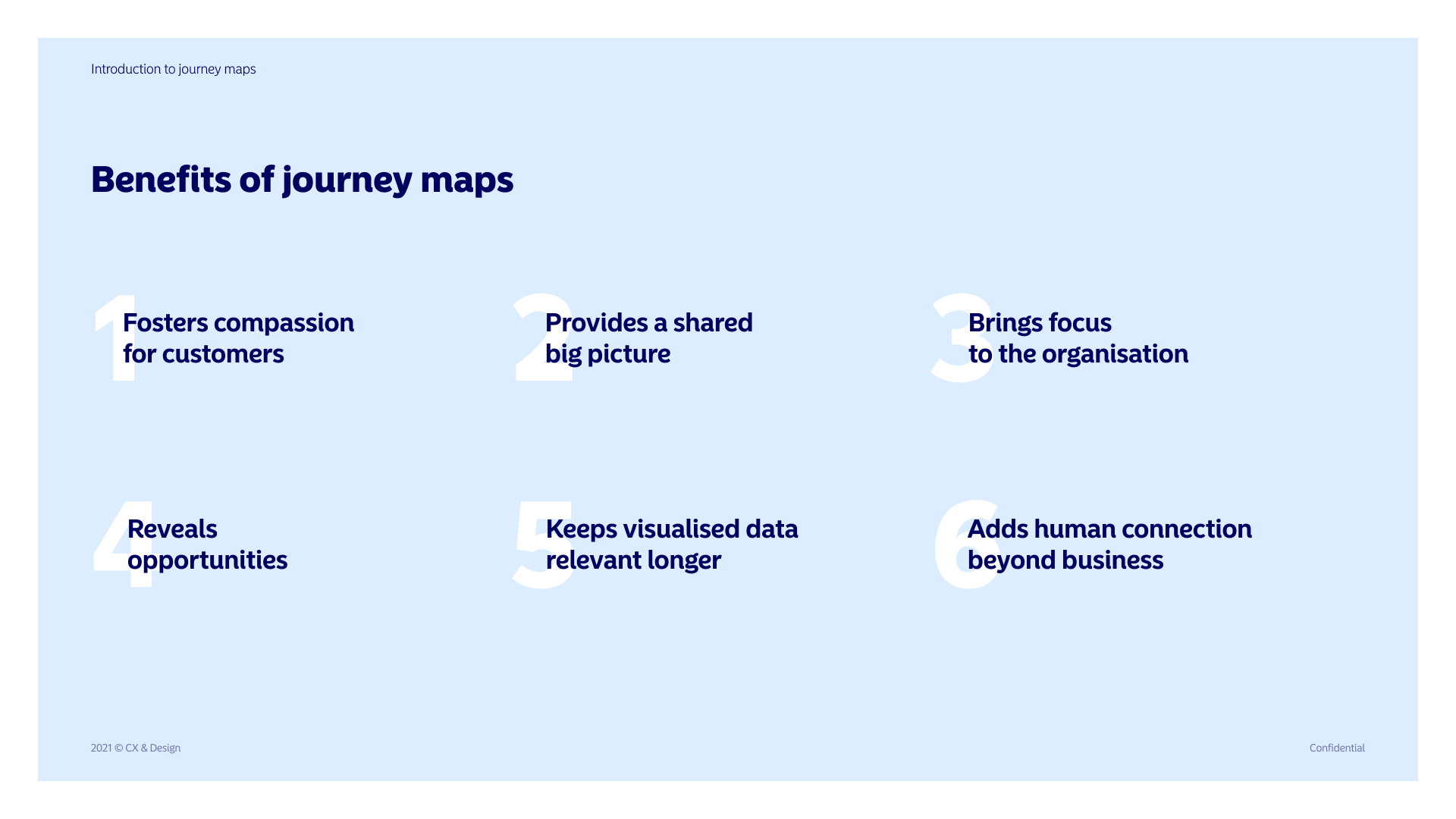
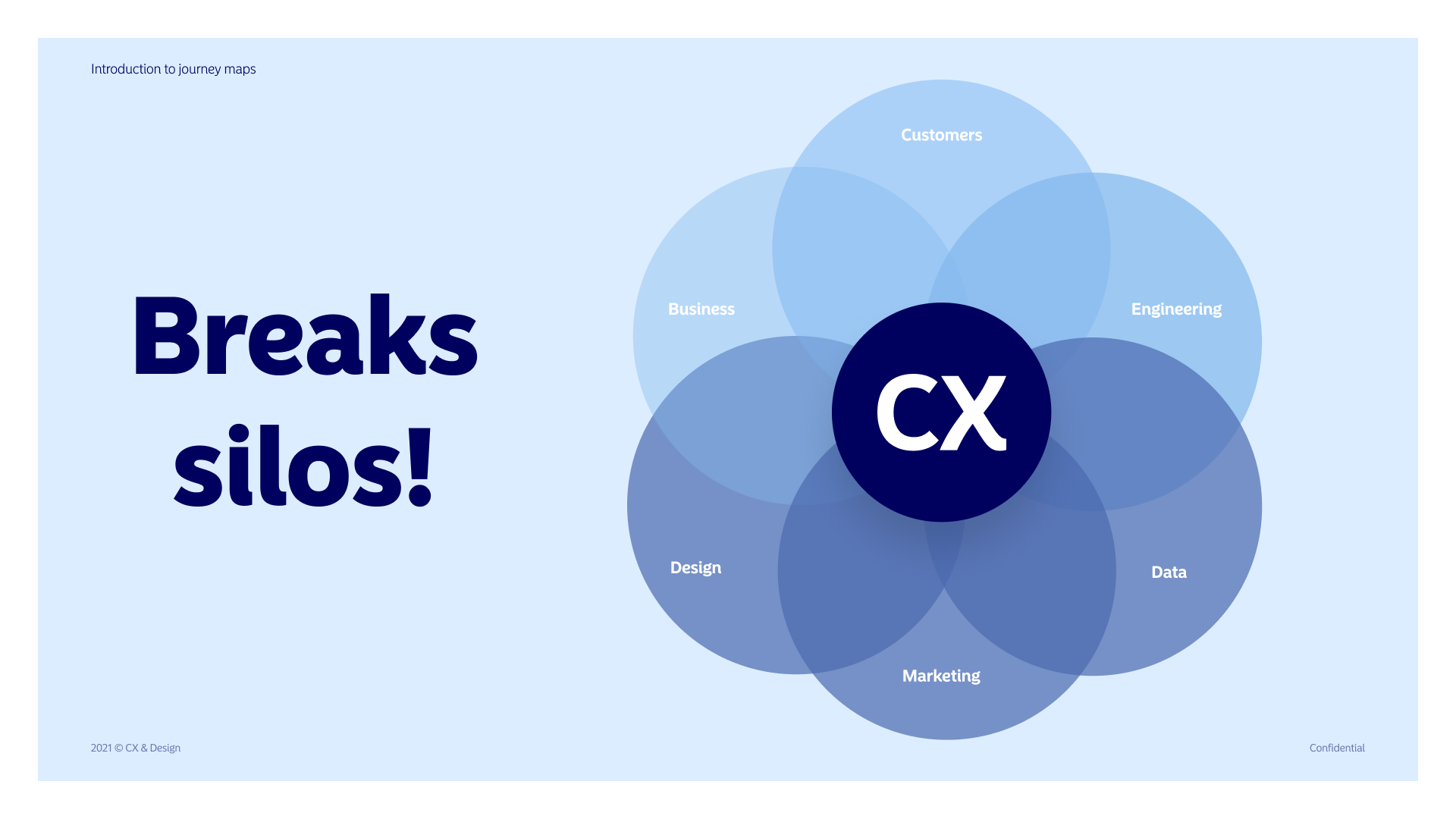
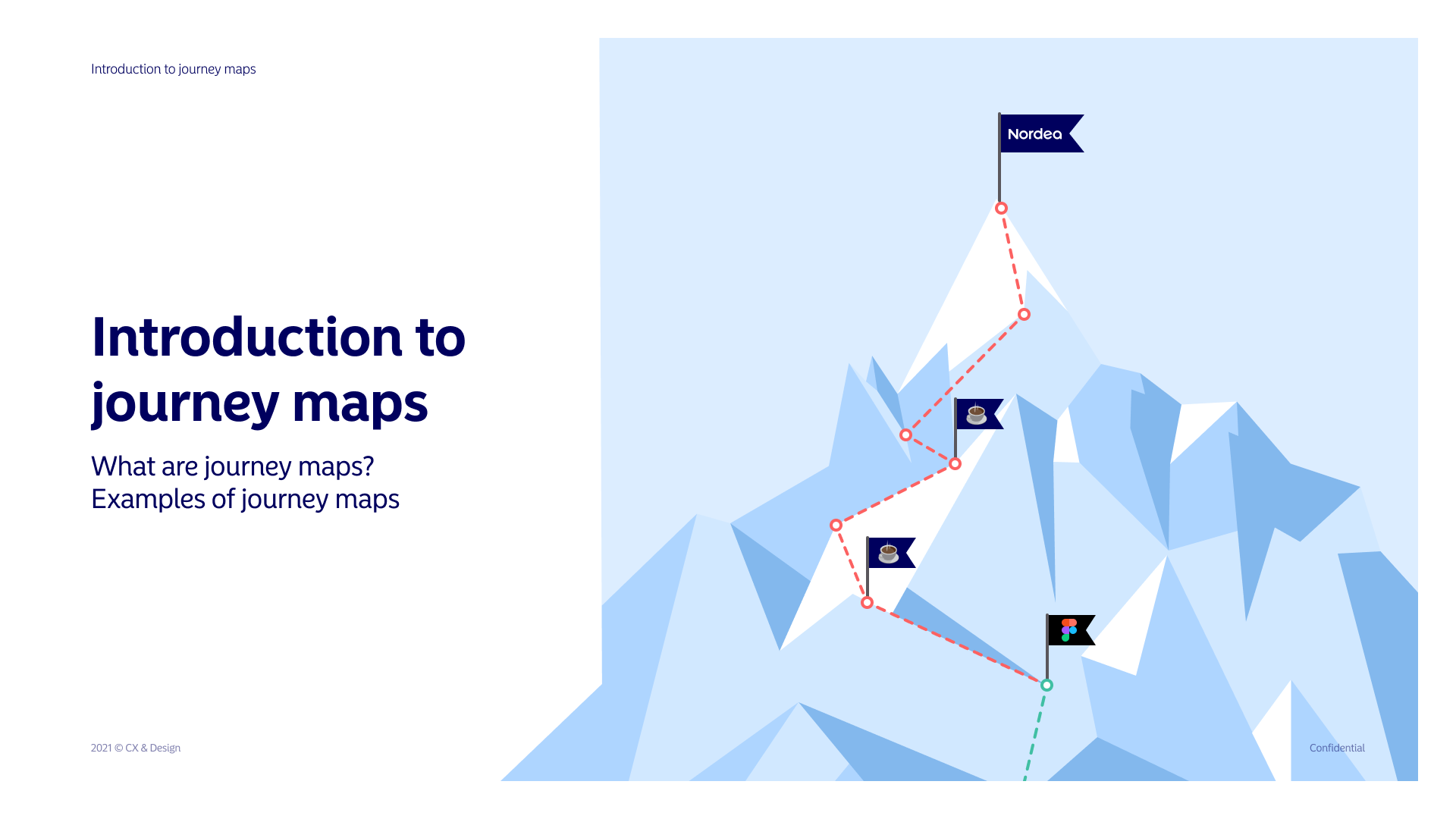
To promote consistency and standardization in our customer journeys across Nordea, a colleague and I took the initiative to develop common templates. The challenge we faced was the existence of numerous formats for our customer journeys, which made it difficult to interpret and compare content across business areas. Our efforts involved optimizing and enhancing the way we work with customer journeys. As a result, we created three templates and trained our colleagues to use them. This led to increased visibility of customer pain points and needs across internal business areas, resulting in better and more coherent end-to-end customer experiences.
To promote consistency and standardization in our customer journeys across Nordea, a colleague and I took the initiative to develop common templates. The challenge we faced was the existence of numerous formats for our customer journeys, which made it difficult to interpret and compare content across business areas. Our efforts involved optimizing and enhancing the way we work with customer journeys. As a result, we created three templates and trained our colleagues to use them. This led to increased visibility of customer pain points and needs across internal business areas, resulting in better and more coherent end-to-end customer experiences.




